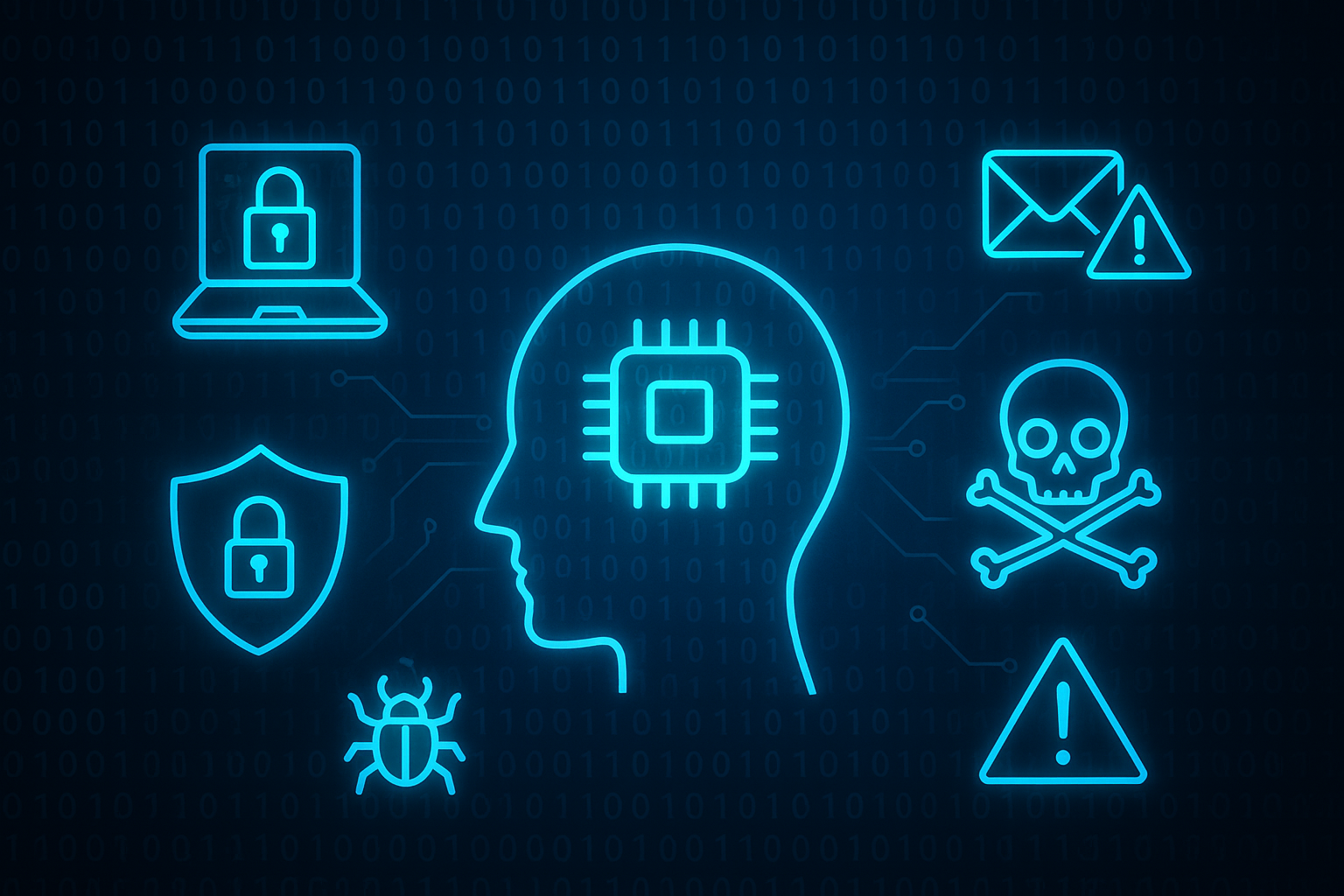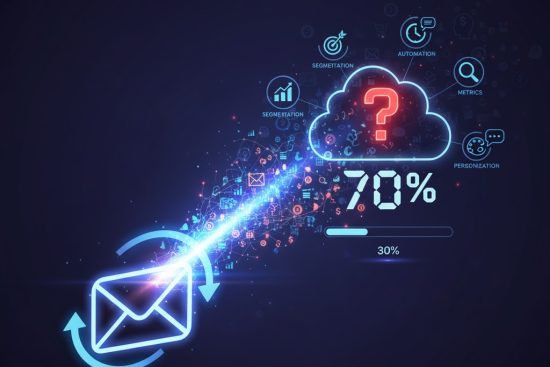
Introduction
In today's world, cyber threats are evolving rapidly, and cyber attacks are becoming more sophisticated thanks to artificial intelligence (AI). One of the most recent concepts that has emerged in this context is the Vibe Hackinga term that refers to how attackers use generative AI to create advanced hacking tools designed to breach systems more efficiently and harder to detect.
As generative AI tools become more accessible, attackers can now customize attacks more precisely, adapting to different targets and systems. In this article, we will explore what is Vibe HackingHow attackers are using AI for their malicious purposes and what steps you can take to protect your system and data from these new threats.
Table of Contents
What is Vibe Hacking?
The Vibe Hacking is an emerging technique in the cybersecurity world that uses generative AI to influence people's emotions and behaviors through manipulative messages. This type of attack uses AI's ability to create highly convincing content, such as spoofed text messages, images and even videos, that exploit users' psychological vulnerabilities.
Origin of the term:
The term "Vibe Hacking" comes from the idea of "hacking" a person's emotional "vibe" by altering their decisions through false or manipulated information. This concept is closely related to generative AI, which is used to create manipulated content at a much more advanced level than traditional methods.
Examples:
Persuasive Phishing: E-mail messages that appear to come from a trusted source, but are actually attempts to steal personal information.
Deepfakes: Fake videos of public figures that are used to spread disinformation or mislead people.
How it works:
Attackers use Generative AIThe use of GPT models, such as GPT models, to create hacking scripts, advanced phishing, and malware specifically designed to overcome security barriers. Through this technique, targeted attacks can be generated that are much more difficult to detect.
Use of generative AI in hacking
- Automation of attacks:
Generative AI tools enable attackers to automate complex tasks, such as the creation of phishing sites that automatically adapt to the victim's behavior. - Advanced malware creation:
Using AI, attackers can generate malicious code that adapts in real time to a system's defenses, creating malware that is difficult to detect and prevent. - Falsification of identity:
AI can also be used to create false identities or impersonate a person's voice, allowing attackers to manipulate their victims with high accuracy.
Using AI, attackers can generate malicious code that adapts in real time to a system's defenses, creating malware that is difficult to detect and prevent. If you want to learn about some free AI tools that allow you to explore the power of artificial intelligence, visit our article on free AI tools you should try.
How Attackers Use Generative AI for Vibe Hacking
Attackers use generative AI to create highly sophisticated content and manipulation tools. Some of the most common methods include:
Creating persuasive messages and convincing deepfakes
AI can generate texts and videos that accurately mimic the communication style of trusted individuals, making it more difficult to identify the attack.Automation of phishing and social engineering attacks
Using AI, attackers can customize their attacks to be more credible and targeted to specific individuals, increasing the likelihood of success.Adaptive malware and custom malicious code generation
AI can also help develop malware that adapts to systems' defenses, making it harder to stop.
Threats posed by Vibe Hacking
Security risks:
With generative AI, attackers can design malware or hacking tools that are constantly evolving, making traditional defenses much less effective.
More customized attacks:
Unlike generic phishing attacks, attackers can generate highly personalized and targeted messages to specific individuals or companies, which increases the likelihood of a successful attack.
Increased difficulty in detecting:
Automated attacks created by AI can go undetected for longer periods of time, allowing attackers to cause more damage before being detected.
Example:
Companies can be targeted by sophisticated attacks such as social engineering attacks, which trick employees into giving unsuspecting employees access to internal systems.
Main risks of Vibe Hacking
Vibe Hacking not only affects privacy, but can have much more serious consequences:
Data loss and identity theft
Attackers can use AI-generated tools to steal sensitive data or impersonate individuals and organizations.Manipulation of decisions through false information
Attacks may be designed to influence key decisions, such as voting in elections or making financial transactions, based on erroneous or manipulated information.Attacks on personal and corporate reputation
The dissemination of deepfakes or false messages can damage the reputation of individuals and companies, affecting their credibility and trustworthiness.
How to protect yourself from Vibe Hacking
As Vibe Hacking becomes a more sophisticated threat, it is essential to take appropriate protective measures:
Education and digital awareness
The first step to protecting yourself is to be informed about the risks. Cybersecurity training is key to recognizing Vibe Hacking attacks.Use of deepfake and phishing detection tools
There are advanced tools that use AI to detect manipulated content, which helps prevent Vibe Hacking attacks.Implementing defensive AI-based cybersecurity
AI can also be used to detect anomalous patterns and prevent attacks in real time.
Examples of safe practices:
Verify the authenticity of e-mails before clicking on links.
Implement multifactor authentication to protect sensitive accounts.
The future of Vibe Hacking and AI in cybersecurity.
As AI continues to evolve, Vibe Hacking will become even more sophisticated. However, defensive AI is also advancing and it is expected that, in the future, protection tools will become much more effective.
Emerging trends:
Explanatory IA: Explanatory AI will be key to understanding the behavior of attacks and how to prevent them.
Ethical debate on the use of AI:
The use of AI to create manipulated content raises ethical dilemmas, especially in terms of the impact it may have on privacy and democracy.
Role of regulation and public policies:
Governments and international organizations are likely to implement regulations to mitigate the risks of Vibe Hacking.
Do you want to protect your business from Vibe Hacking threats? With ClickPandaWith the right tools, you can implement the best security and proactive defense tools to protect your digital infrastructure and keep your data safe.
Conclusion
The Vibe Hacking represents a new era of cyber threats driven by the Generative AIThis allows attackers to design sophisticated and customized hacking tools. However, by understanding how this threat works and taking appropriate defense measures, such as using advanced AI tools for security, training employees and implementing protective measures, you can significantly reduce the risk. Always stay one step ahead and protect your business from emerging cyber attacks.








